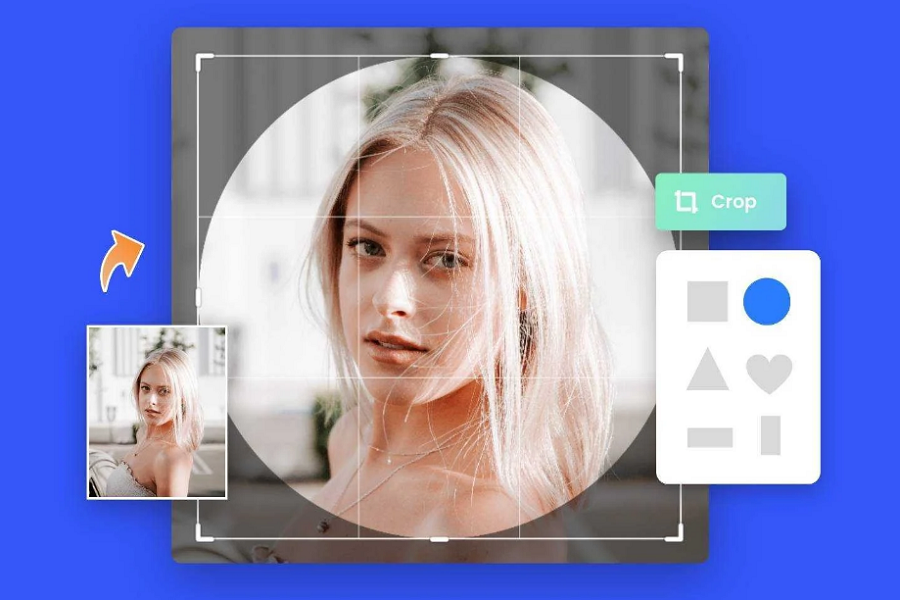A VA (Vertical Alignment) panel is a type of display technology commonly used in computer monitors, televisions, and other screens, particularly in applications such as photo editing where image quality is paramount. VA panels are known for their ability to deliver superior contrast ratios and deeper blacks compared to other panel technologies like IPS (In-Plane Switching) and TN (Twisted Nematic) panels. This characteristic is largely due to the unique structure of the liquid crystals in VA panels, which align vertically when no voltage is applied, allowing for less light leakage and enhanced darkness in dark scenes.
What Is a VA Panel?
One of the defining features of Va panel for photo editing is their impressive contrast ratio, which can reach values of up to 6000:1, making them ideal for viewing content with a wide range of brightness levels. This makes them particularly appealing for photo editing where accurate contrast and color representation are crucial. VA technology also offers broader color reproduction capabilities, ensuring that hues are vibrant and details are clear, thus allowing editors to make precise adjustments during their work.
When it comes to viewing angles, VA panels tend to be more limited in comparison to IPS panels, which offer wider viewing angles and more consistent color accuracy. However, VA panels compensate for this by providing enhanced performance in darker environments. Response times for VA panels have historically lagged behind TN panels, which excel in fast refresh rates. Nevertheless, advancements in VA technology have led to improved response times, making them suitable for not just photo editing but also for gaming and other multimedia applications.
In summary, VA panels present a compelling option for photo editing, especially for those who prioritize deep contrast and rich color accuracy, despite some trade-offs in viewing angles and slower response times compared to other panel types.

Advantages of Using VA Panels for Photo Editing
VA (Vertical Alignment) panels have garnered attention in the realm of photo editing due to their unique benefits that cater specifically to the needs of graphic professionals. One of the most notable advantages of VA panels is their superior contrast ratios. These panels typically exhibit contrast ratios significantly above those of their IPS (In-Plane Switching) and TN (Twisted Nematic) counterparts, often reaching up to 3000:1. This capability to produce deeper blacks enhances color depth and accuracy, resulting in richer and more vibrant images. When editing photographs, this depth is particularly valuable as it allows editors to fine-tune shadows and highlights with greater precision.
Furthermore, VA panels excel in displaying darker images with remarkable fidelity. This characteristic makes them particularly suitable for editing photographs that incorporate deep blacks and subtle gradients. Many photographers and designers often work with images that require keen attention to detail in darker areas, and VA panels consistently provide a viewing experience that avoids the crushing of blacks or loss of detail in shadowy regions. This feature ensures that any adjustments made during editing are reflected accurately, leading to higher-quality final outputs.
When comparing VA panels to other panel types, such as IPS, which offer wider viewing angles, it is crucial to recognize the values each can provide. While IPS panels are ideal for tasks requiring color accuracy from multiple viewing angles, VA panels often outperform them when it comes to contrast and deep color reproduction. This makes VA panels a preferred choice for professionals focused on high-quality photo editing, where achieving the perfect balance between deep colors and detailed shadows is paramount. As such, for those who prioritize these attributes in their editing workflow, investing in a VA panel may provide significant advantages over alternative technologies.
Related Articles: Ai photo editing software
Choosing the Right VA Panel for Your Photo Editing Needs
When it comes to photo editing, selecting the right VA panel can significantly impact your workflow and final output. The first key factor to consider is color accuracy. Color representation is critical because it ensures that the colors you see on your screen match what appears in print or on other devices. Look for a VA panel that covers a broad color gamut, such as Adobe RGB or sRGB, to achieve optimal results. Models that have undergone factory calibration often provide better accuracy right out of the box, which can save time during setup.
Another important aspect is the size of the panel. A larger display can enhance visibility, making fine details easier to work on, while also providing ample space for multiple toolbars and applications. An ideal size often falls in the range of 27 to 32 inches, with a resolution of at least 1440p (2560×1440), which offers sharp images and more screen real estate for editing tasks.
Refresh rates may seem less significant for photo editing when compared to gaming, yet a higher refresh rate can eliminate lag during post-processing tasks. Aim for a panel with at least a 60Hz refresh rate for smoother performance. Connectivity options are also vital in today’s versatile environment. Ensure that the VA panel you select offers a variety of ports, including HDMI, DisplayPort, and USB-C, to accommodate various devices and future-proof your setup.
In terms of recommendations, the Samsung Odyssey G5 and MSI Optix MAG272CQR are popular choices among professionals. They combine impressive color accuracy with robust features. Lastly, once the panel is set up, calibration techniques, such as using software tools to adjust brightness, contrast, and saturation, can maximize performance. Taking the time to select and calibrate the right VA panel will greatly enhance your photo editing experience and outcomes.

